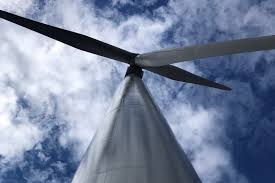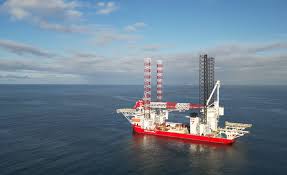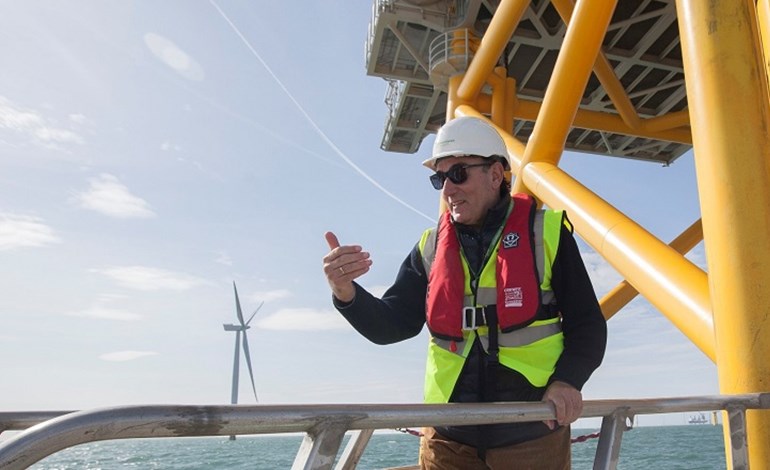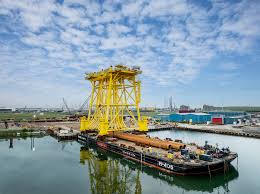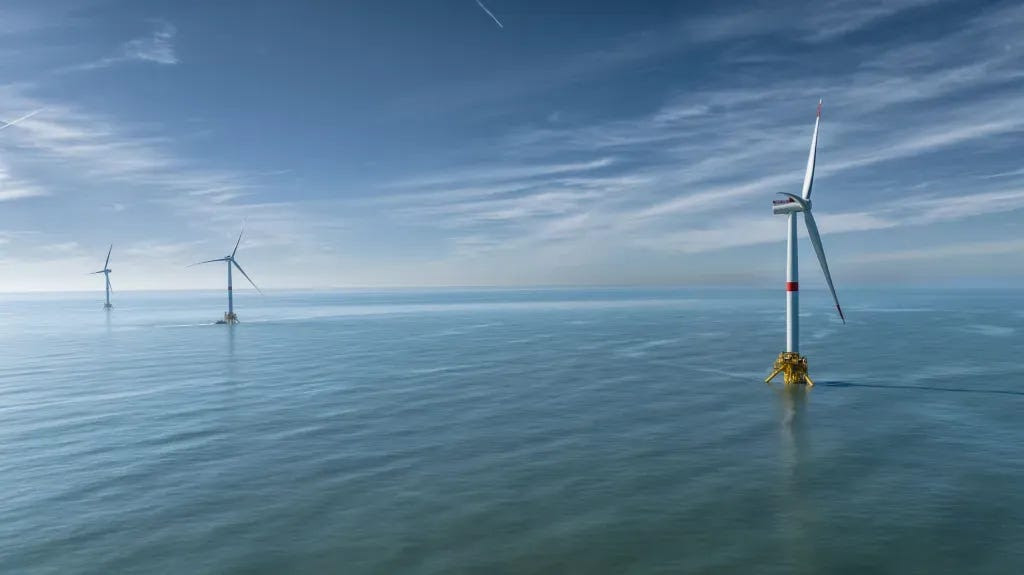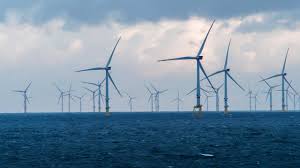Orbital Marine Power’s O2, the world’s most powerful tidal turbine, has commenced grid connected power generation at the European Marine Energy Centre (EMEC) in Orkney, Scotland. The innovative, floating turbine is anchored in the Fall of Warness where a subsea cable connects the 2 MW offshore unit to the local onshore electricity network.
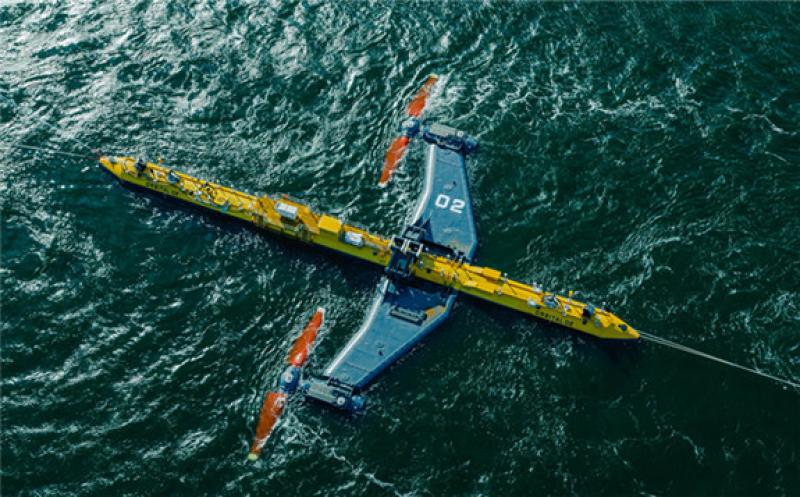
This marks a key milestone in the EU’s Horizon 2020 FloTEC project which funded the development of the structure of the O2 device, as well as the design of the blades, power take-off, and moorings.
Manufactured and launched in Dundee, Scotland, earlier in 2021 before being towed up to Orkney, the O2 is Orbital’s first commercial turbine and represents the culmination of more than 15 years of product development in the UK. The 74 m long turbine is expected to operate in the waters off Orkney for the next 15 years with the capacity to meet the annual electricity demand of approximately 2000 UK homes with clean, predictable power from the fast-flowing waters. In a further element of the project, the O2 is to provide power to EMEC’s onshore electrolyser to generate green hydrogen that will be used to demonstrate decarbonisation of wider energy requirements.
The construction of the O2 turbine was enabled by public lenders through the ethical investment platform, Abundance Investment, as well as being supported by the Scottish Government by the Saltire Tidal Energy Challenge Fund. The project has been supported through funding from the EU’s Horizon 2020 research and innovation programme under the FloTEC project and the European Regional Development Fund through the Interreg North West Europe Programme under the ITEG project.
Orbital is now setting its sights on commercialising its technology through the deployment of multi-MW arrays. Supporting this endeavour in UK waters would bring substantial benefits beyond complimenting the clean energy transition, as evidenced in the build of the O2; where around 80% of the turbine was delivered by UK suppliers and operation will bring long term employment to coastal communities. As a product of commercialisation costs are projected to fall steeply from roll-out of the technology, as previously demonstrated with wind and solar energy.
